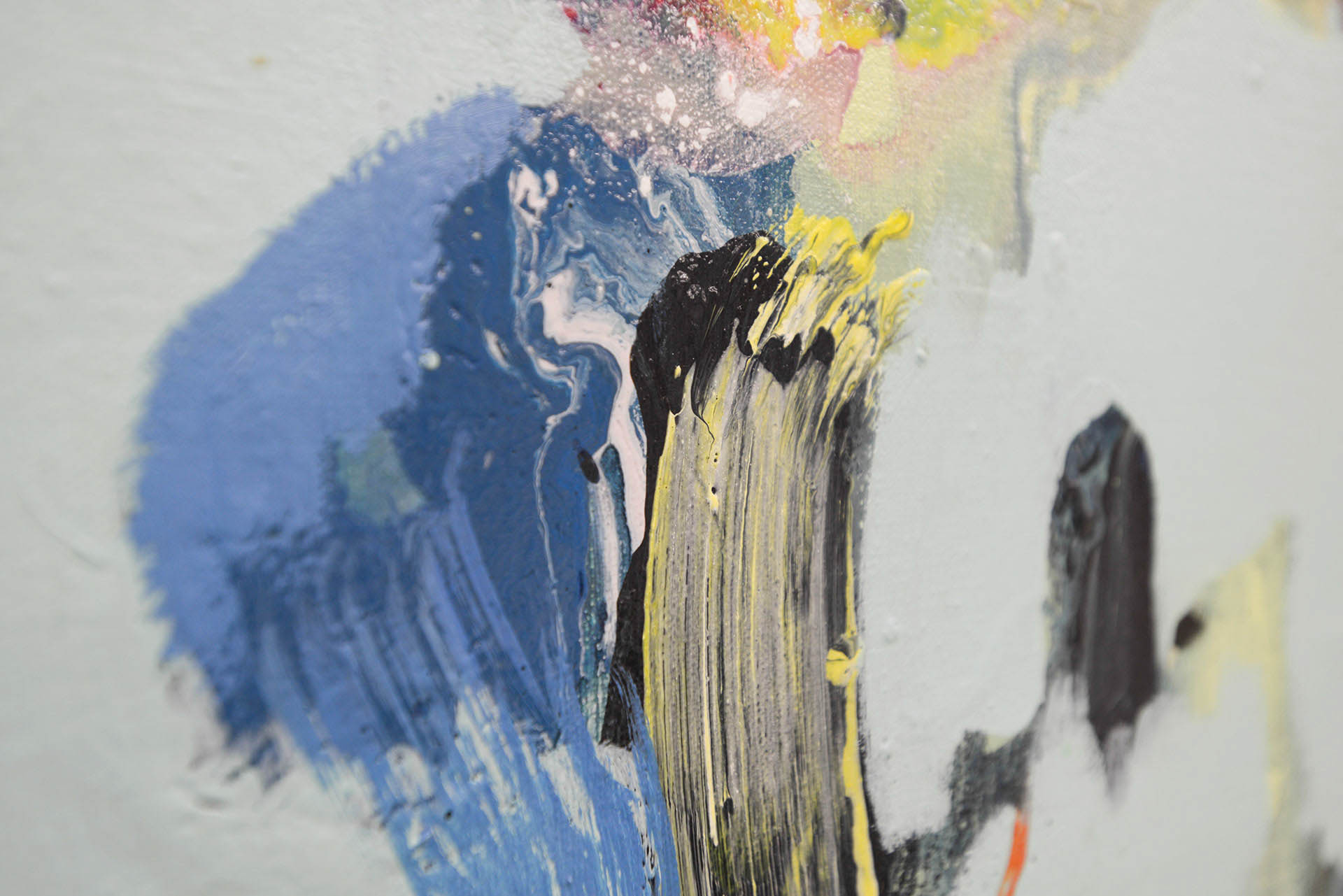In this latest piece, we discuss how technologies like artificial intelligence (AI), in particular large language models (LLMs) such as ChatGPT, are starting to reshape the world of fine art.
There is no denying that ChatGPT and generative AI technologies are here to stay for the foreseeable future, prompting an ongoing discussion about its advancement.
In this article, we discuss the potential impact of AI in the realm of fine art – from exploring new ways to interact with pieces old and new, to identifying the ways this technology is being or could be used.

We discuss the potential impact of AI in the realm of fine art, including:

- Rapid design inspiration: with the growth of generative art tools, artists can be supported in their work by utilizing these tools to create more pieces.
- Discovering new talent: with the ability to sift through large quantities of data, AI can help collectors and curators find new artists, educate them on other works and help making more informed investments.
- Handling art: AI could assist with enhancing the ways in which we handle art. For example, exploring more sustainable options and helping reduce our impact on the environment.
We also explore some of the limitations of AI, such as:
- Lack of human activity: we all know the importance of human interactivity, especially when you want to reach a business to resolve an issue. AI could slow down or maybe even hinder this process.
- Inability to put things into action: AI might be able to churn through copious amounts of data, but it cannot deliver the service. It can simply enhance processes.
- Concerns over privacy: we have seen several countries ban or commit to review LLMs and AI to ensure data is being protected, meaning the reach of these technologies could be further limited.
